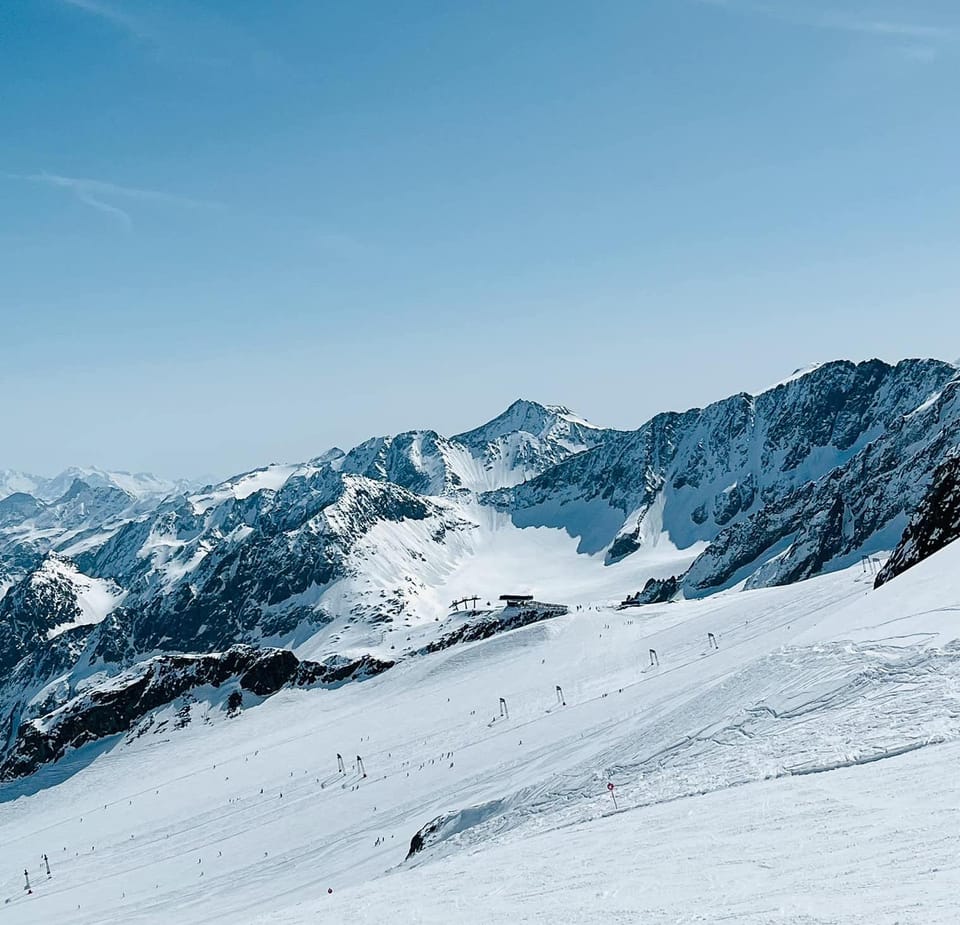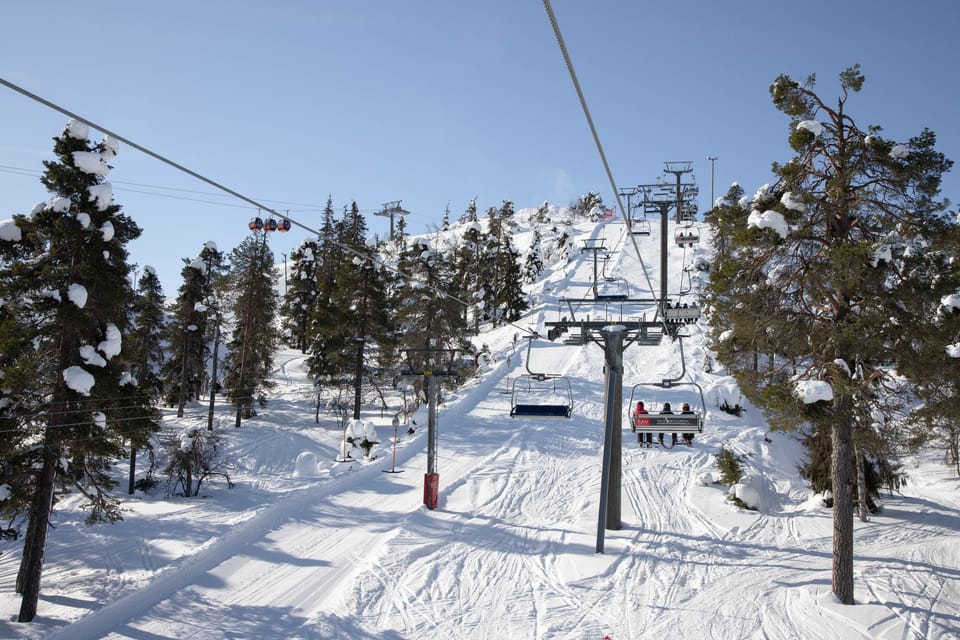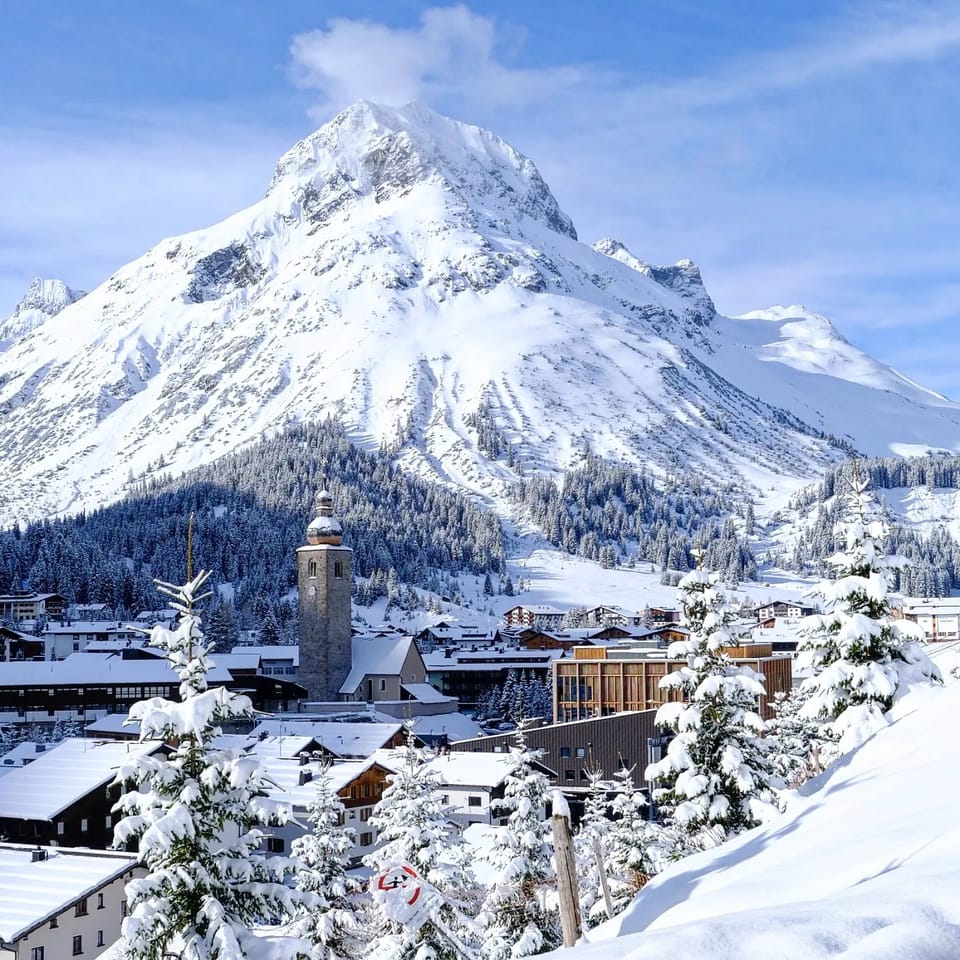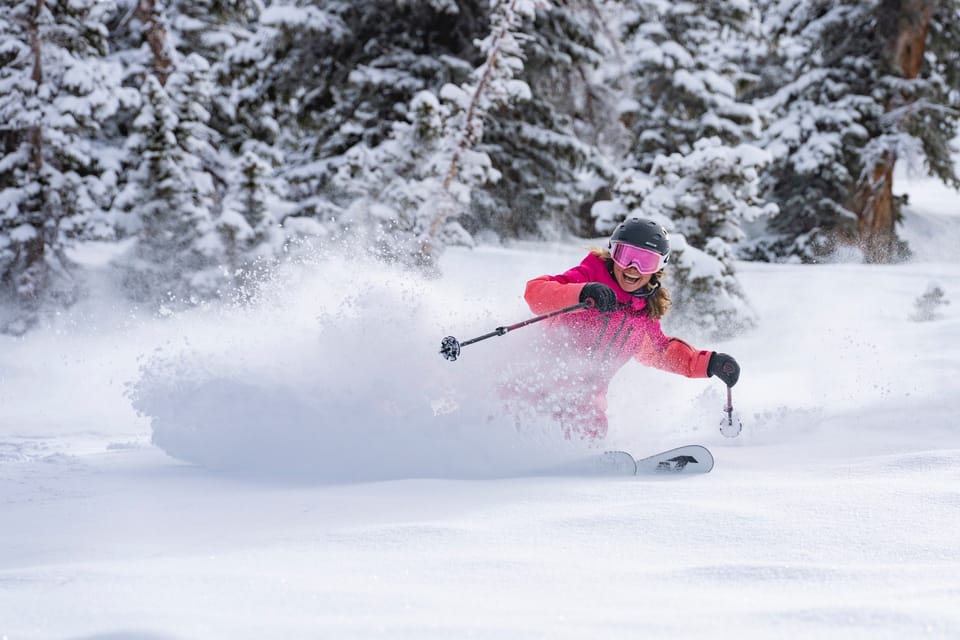WORLD SNOW ROUNDUP #159
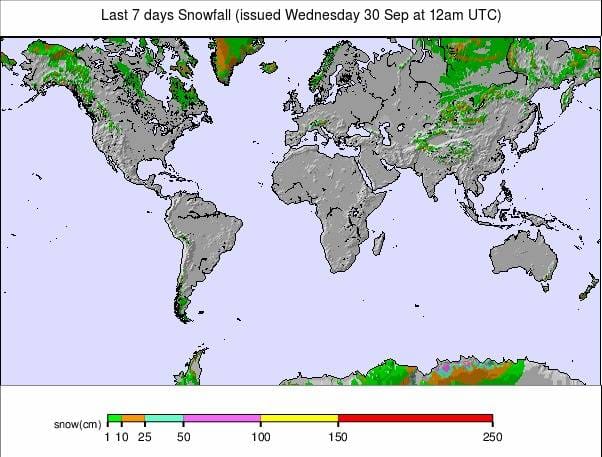
Issued: 30 September 2020
By Patrick “Snowhunter” Thorne
North American Roundup
European Roundup
Asia Roundup
SOUTHERN HEMISPHERE OVERVIEW
SOUTHERN HEMISPHERE INTRO| There’s a definite end-of-the-season feel to the southern hemisphere as we move further into October and further into spring. The season does seem to be winding down a little faster than normal and all of the open ski areas in Argentina closed on Sunday, leaving only two areas still open in South America, both in Chile, one only open at weekends.
That said, New Zealand still has the most ski areas open in the world but the season is definitely winding down and Austria looks set to overtake it next weekend as the torch is unofficially passed from southern to northern hemispheres for 2020. The number of centres open in Europe has goner past those in the southern hemisphere this past week.
Australia has also had something of a last hurrah after a mostly warm and severely virus-impacted season. There was a big snowfall towards the end of last week which lead to several ski areas in Victoria (mostly closed these past few months due to a virus spike) re-opening, briefly, and in one case for snow play only.
Anyway – it increasingly looks like next week will see just a handful of areas still open south of the equator, possibly all in New Zealand.
AUSTRALIA
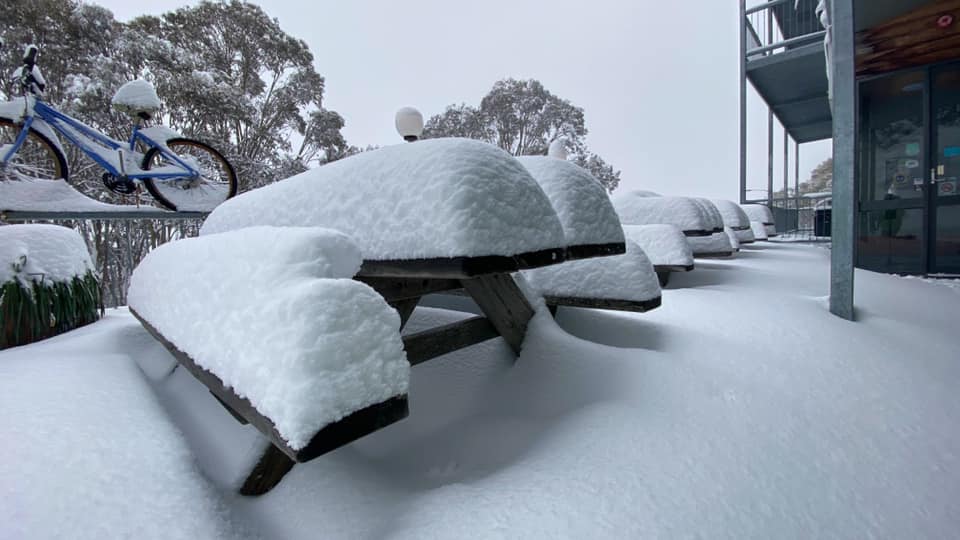
AUSTRALIA REPORT| Australia had it’s most exciting few days for snowfall on Thursday/Friday through its troubled 2020 season with 40-50cm of snowfall on many Australian slopes, most of which had already closed for the season. Only the largest, Perisher (0/60cm / 0/24”) was still open and reported superb conditions at the weekend on the 17km (11 miles) of runs still open. Incidentally, that’s a 35cm (14″) drop in the reported upper slope base depth from last week despite 30-40cm of fresh snowfall since then too. It has announced though that next Sunday, October 4th, will see the end of its and this the Australian 2020 ski season. The fresh snow saw skiers and boarders hiking up the slopes at closed resorts like Mt Hotham whilst Mt Baw Baw and Mt Buller invited people for a “final weekend of snow play” (without the ski lifts running) in the fresh powder. Mt Buller then opened on Monday for a special ski day for season pass holders. These Victoria region resorts had been closed for several months by pandemic restrictions but these were eased a fortnight ago allowing snowsports to resume – the problem at that point had been more a lack of snow cover.
AUSTRALIA FORECAST| After the snowfall of the past week it’s looking much warmer a drier for the final few days of Australia’s 2020 ski season at Perisher. Although overnight lows at the top of the slopes should be close to freezing, down in resort we’re at a fast-thawing 10 to 15 degrees above freezing point, although with the sun out, morning conditions should be good for the time of year. Some precipitation – probably rain but possibly a bit of snow – expected but it may not until be the day after closing.
NEW ZEALAND
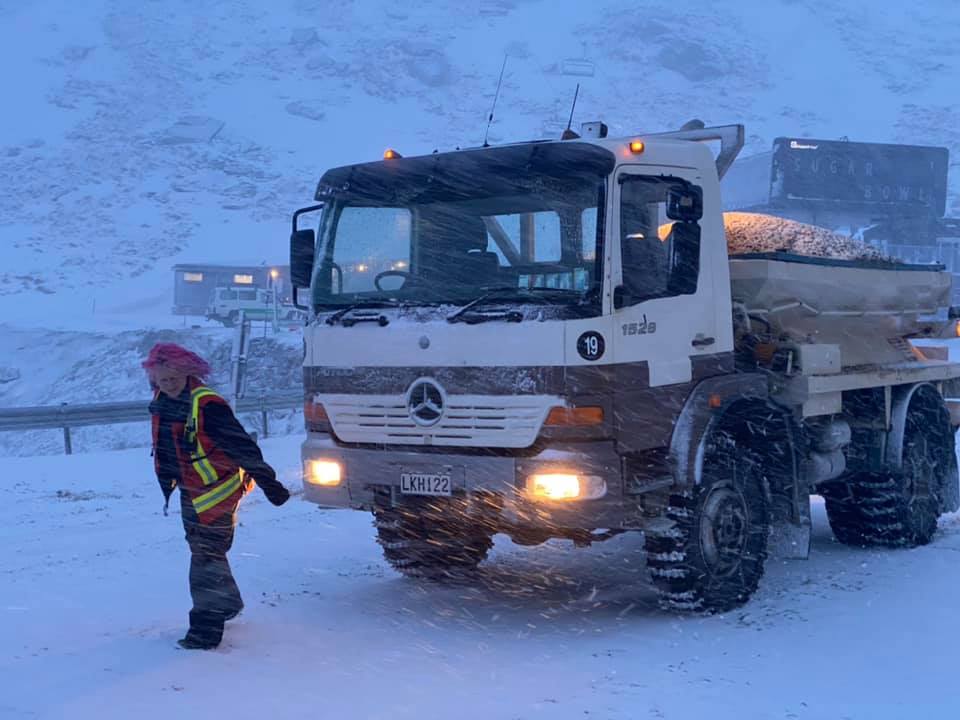
NEW ZEALAND REPORT| With almost all other ski nations in the southern hemisphere now closed for the season or with just a centre or two still open but closing imminently, the focus has switched to New Zealand for the start of October. Although there were more season closures there, including Coronet Peak, at the weekend, and whilst hoped for snow showers brought a lot of wind and rain that actually damaged rather than built up the existing snowpack for some, half-a-dozen resorts are still open and two – Whakapapa (30/111cm / 12 / 44”) and Turoa (32/162cm / 13/65″) on Mt Ruapehu on the country’s North Island, have actually announced plans to stay open through to mid-November, just a fortnight from the start of meteorological summertime in the country if conditions allow. Back to the current weather first though and after the stormy weather at the weekend there was first a bit of clear air and now things are turning snowier properly again. The Remarkables (80/100cm / 32/40″), open daily for its final weeks of the season, posted the biggest weekend snow accumulation with 50cm (20 inches) of fresh cover after a stormy few days. Opening on Sunday was gradual as slopes were made avalanche safe.
NEW ZEALAND FORECAST| It should stay sunny through midweek in New Zealand before the next front moves in. Temperatures look like being around freezing, perhaps a few degrees above, so hopefully precipitation that arrives should largely fall as snow, rather than rain, but we are reaching that time of year when the borderline gets more blurred and this has been a mostly warm winter as it is.
ARGENTINA
ARGENTINA REPORT| The ski areas that had re-opened after pandemic restrictions eased in Argentina in August all closed at the weekend. In the case of the largest, Catedral near Bariloche, the announcement came rather suddenly on the day it happened for the world’s most southerly ski area, Cerro Castor down towards Tierra del Fuego, there was a week’s notice.
CHILE
CHILE REPORT| And then there were just two ski areas left open in Chile – and indeed thE Andes and South America for 2020 now the season has ended in Argentina. Of those two only one, Corralco (60/130cm / 24 / 52”) is open daily too; the other option, El Colorado/Farellones (10/50cm / 4/20”) just at weekends. There has been a dusting of fresh snow but temperatures are springlike much of the time and the sun is out again so thawing continues overall.
CHILE FORECAST| After the unsettled start to the week it will be predominantly sunny in Chile for the start of October and daytime temperatures will be climbing. Although it should drop below freezing overnight in the mountains most days still we may see 10 or even 15 degrees above freezing reached by mid-afternoon – not good news for the remaining snowpack.
SOUTHERN AFRICA
There are no known ski areas operating lifts for skiing in Africa at present. The 2020 season ended at Afriski in Lesotho on the last weekend of August and it never happened at Tiffindell in South Africa due to the lockdown through the winter there.
NORTH AMERICA
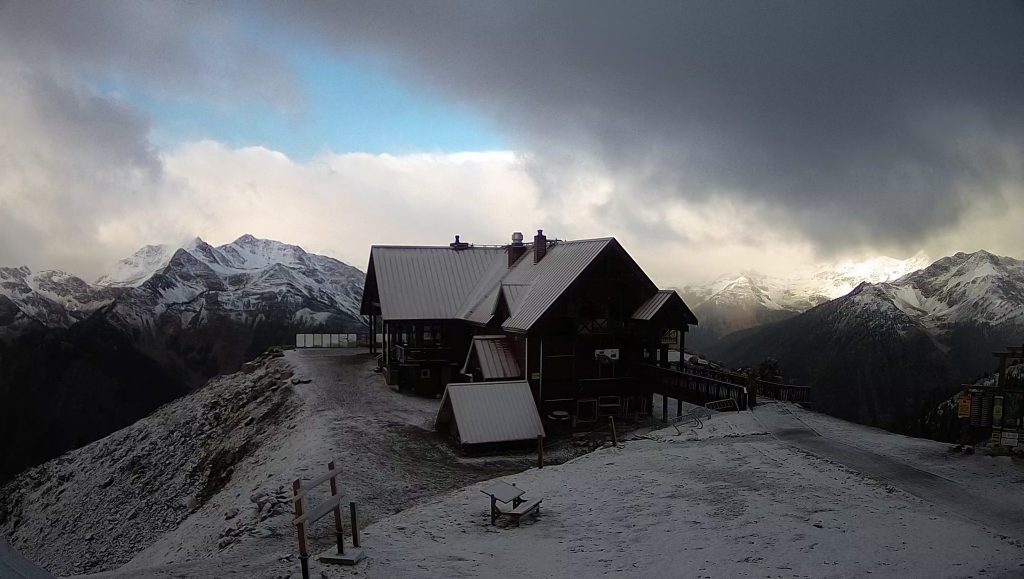
There are currently no ski areas open in North America but after the unusually heavy snowfall earlier in September (which has now largely melted away), excitement for the season ahead is starting to build with more normal late September occurrence. These include Arapahoe Basin in Colorado – one of the world’s highest ski areas and often the first, or one of the first to open each season, firing up its snowmaking guns. This happened for the first time this autumn at the weekend and the resort says that, as usual, it’s targeting a mid-October opening if it stays cold enough for enough snowmaking build-up and/or there’s natural snowfall in the next 2-3 weeks too. Speaking of natural snowfall mountains have been turning white in the northwest of the continent with ski areas in Alberta, BC, Wyoming, Montana and the wider region posting pictures of the snow at the weekend. The first of these to actually name a specific target opening date in Alberta’s Nakiska, which aims to open in a month’s time, at the end of October, but others are aiming for sooner than that if conditions allow.
INTRODUCTION EUROPE
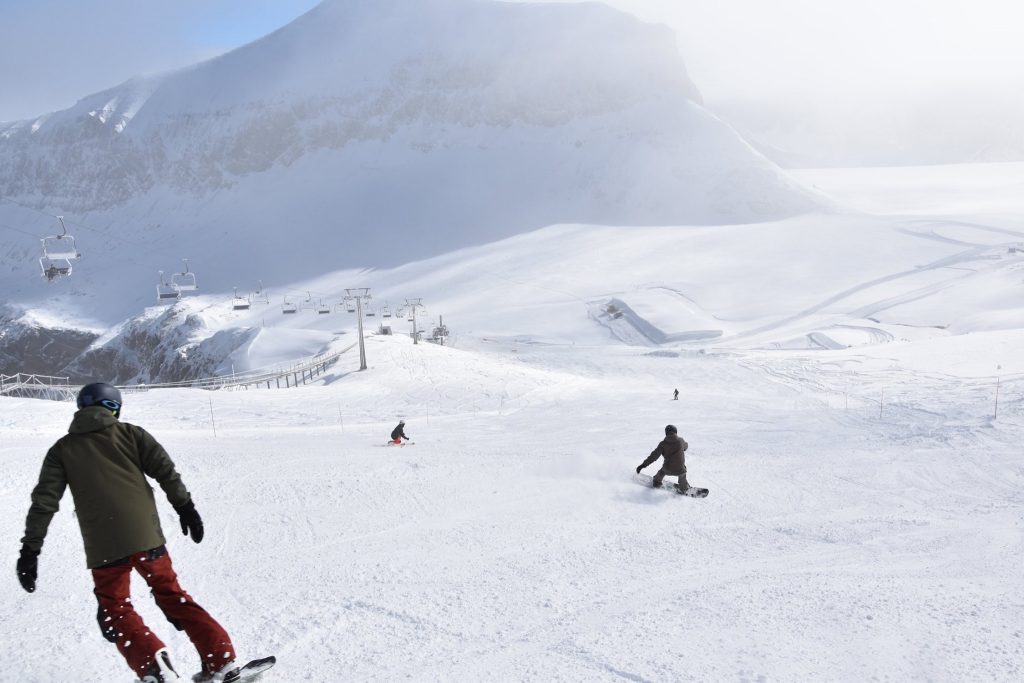
It was the most exciting few days in the Alps since last winter at the weekend as 48 hours of snowfall from Thursday to Saturday deposited up to 70cm (28 inches) of snow on higher peaks, although the snow kept falling down to as low as 500 metres above snowfall. The extent and volume of snowfall set September records in several resorts and regions.
The snow hit the Western Alps first with resorts like Alpe d’Huez and Val Thorens, not due to open for the season for several months, reporting up to 50cm (20 inches) of snowfall before continuing East with, if anything, even bigger accumulations in Switzerland and Austria.
It wasn’t just the Alps either, snowfall in the Pyrenees amounted to up to 25cm (10 inches) at resorts like Baqueira Beret in Spain and there were smaller falls in the Dolomites and on some Eastern European mountains too.
The weather cleared by Sunday/Monday giving some amazing powder skiing at the nine glacier ski areas that are now open in the Alps, three of them have opened for their 20-21 seasons over the weekend.
ALPS
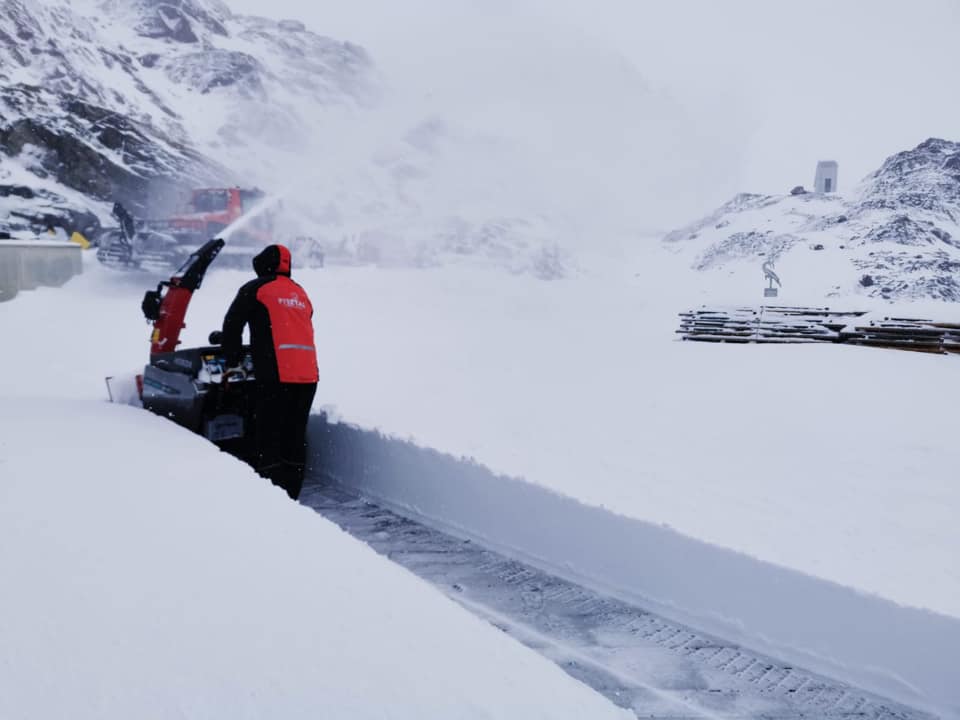
ALPS REPORT| There are now four areas open in Austria with the Kaunertal (0/40cm / 0/16”) and Solden (0/101cm / 0/40”) glaciers opening during heavy snowfall at the weekend. Solden is posting the deepest base in the country so far but bases have more than doubled from their previously low levels with old snow thanks to the big falls in recent days. Hintertux (0/85cm / 0/34”) has the most terrain open in the country, with 20km of runs open. It and Pitztal (0/50cm) have seen a big improvement in snow depth since the end of last week. Next weekend will see four more glacier areas open in Austria including big hitters Stubai and the Kitzsteinhorn above Kaprun. The Molltal glacier, which was open through the summer but closed to ‘rest the snow’ the past month says it will reopen and the Dachstein Glacier, which has been open to cross-country skiers but not downhillers is scheduled to open its downhill runs.
Switzerland has three resorts open – one of which, Glacier 3000 (0/100cm / 0/40”), near Les Diablerets and Gstaad, – was not planning to open for the season until November but after 70cm (28″) of weekend snowfall decided to open nearly six weeks early. So far just one 500 metres long red run is open but conditions at the start of this week looked sublime. Saas-Fee (0/200cm / 0/80″) and Zermatt (0/220cm / 0/88″) continue to have around 15km of runs open each and Zermatt has the deepest reported base in the Alps.
There’s nowhere open in France for another 10 days or so with Tignes due to open the weekend after next for its 20-21 season and Les 2 Alpes the weekend after that, although in its case only for a fortnight before closing a month before the start of its main season. There was plenty of fresh snowfall though.
Fresh snow for much of Italy too where Passo Stelvio (15/165cm / 6/66”) and Val Senales (0/30cm / 0/12”) both have a few kilometres of runs to enjoy.
ALPS FORECAST| Although the snowfall has stopped for a few days temperatures up on higher slopes in the Alps should be staying below freezing day and night and indeed reaching double digits below at nighttime later in the week above about 3000 metres. That should be good news for the freshly fallen snow on glaciers even though the snow that fell at lower levels will be melting away over the next few days. Further good news though is more snow forecast from Friday through the weekend with Saturday currently looking like it could see more big accumulations.
SCANDANAVIA
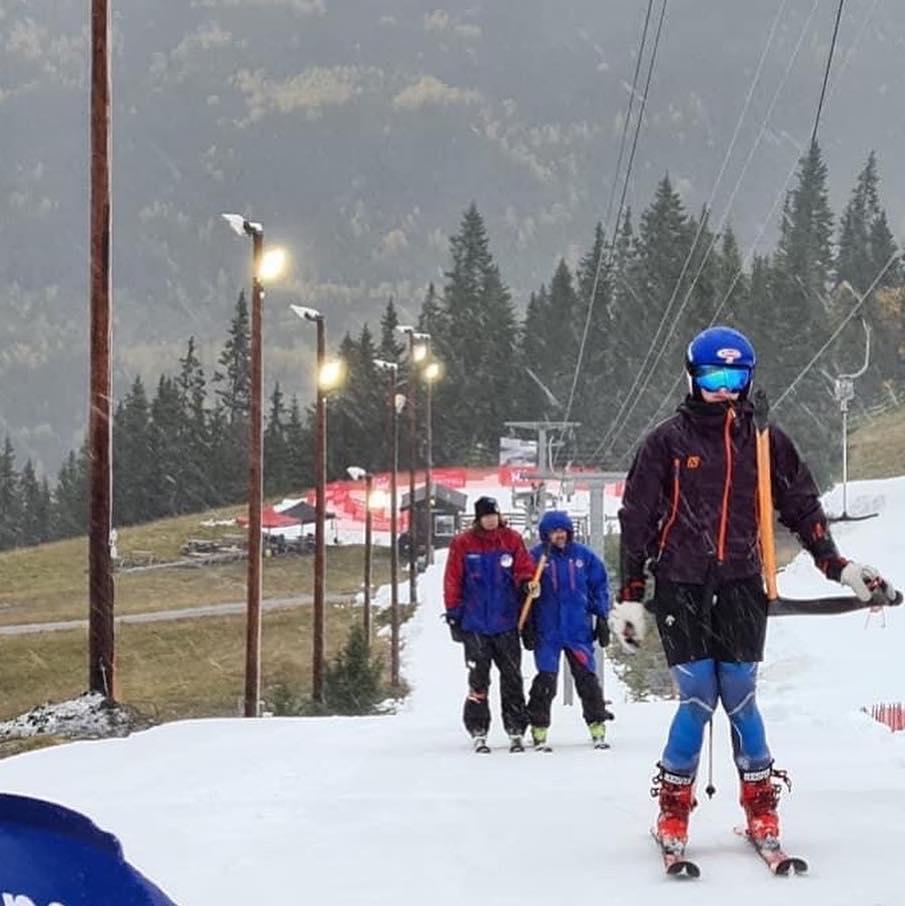
SCANDINAVIA REPORT| The new season is showing signs of life in Scandinavia too, and there’s a bit of a refresh on one of the two summer ski areas still open in Norway, Galdhoppigen (5/80cm / 2/32”) reported 25cm (10”) of fresh snowfall at the end of last week. The other open area, Folgefonn (Fonna) is now just open weekend for team training, not to the general public, and closing day is coming up imminently. But a third Norwegian area, Kvitfjell near Lillehammer opened at the weekend using snow farmed from last season. It too is just open for team training and season pass holders at present. Two resorts open in Finland this Friday, 2nd October, to all, though, also thanks to snow farming. Ruka and Levi will be the first areas open in the country for six months.
SCANDINAVIA FORECAST| Cold weather and light snowfall are expected in Scandinavia’s mountains over the coming week. Temperatures look set to stay close to freezing and regular precipitation is expected, but just bringing 2-5cm (1-2 inches) of snowfall each day, no big dumps expected.
ASIA
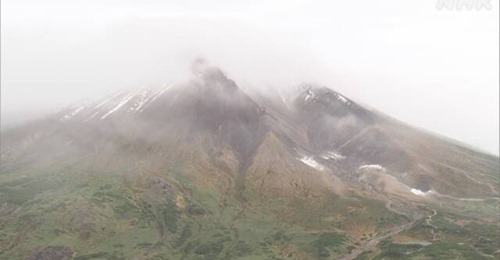
There are no known ski areas operating lifts for skiing in Asia at present, except within indoor snow centres. Fresh snowfall – the first of the season – was reported at the weekend at several of the continent’s more famous ski areas however including Niseko in Japan and Gulmarg in India.

